Spring Garden Prep: Get Ready for a Blooming Spring
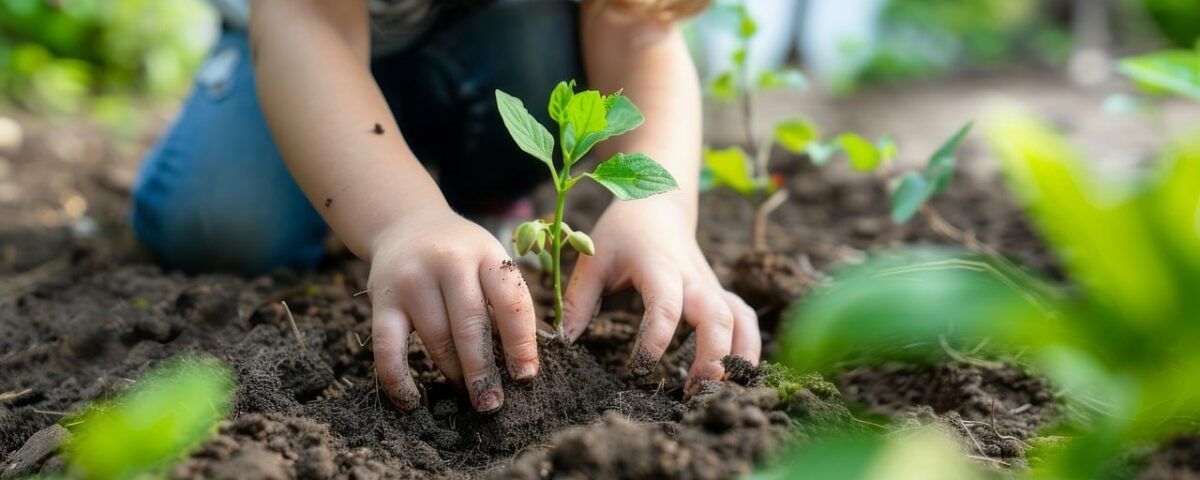
Spring garden prep begins now! Home gardeners in Arizona and the desert Southwest know that planning ahead is key. Our unique climate requires thoughtful preparation. Here’s how you can get your garden ready for a beautiful spring.
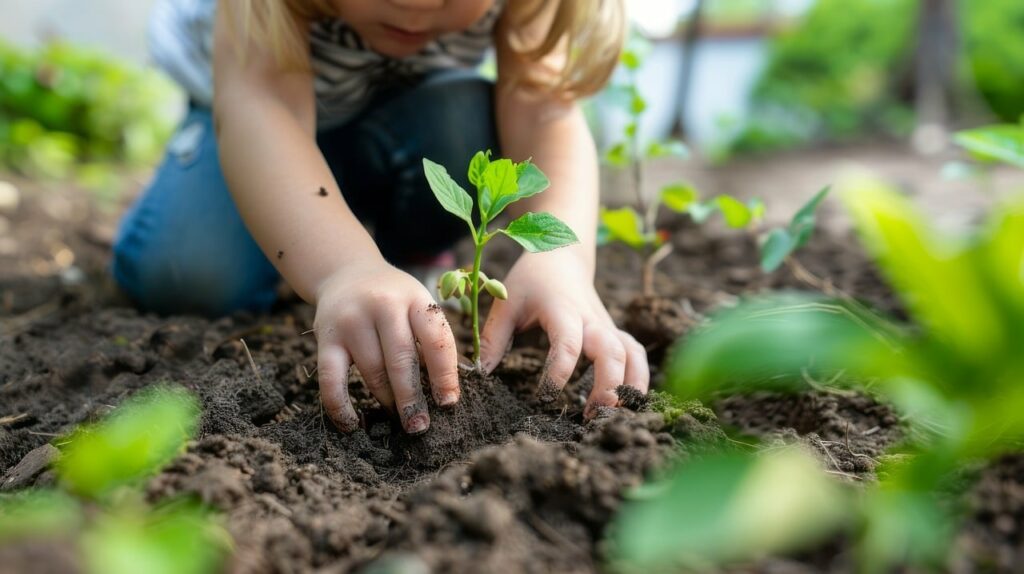
Why Start Spring Garden Prep in February?
February is perfect for garden prep in the low desert. Whether you live in Arizona, New Mexico, Nevada, or California, cooler weather makes outdoor work more comfortable. Plants also respond better to early preparation. By the time spring arrives, your garden will be ready to thrive.
Early preparation has many benefits. Healthy soil can be amended in time for planting. New plants get a head start to establish roots. You’ll also avoid the rush of peak gardening season, giving you more time to focus on details.
Clean and Organize Your Garden
Start with a clean slate. Remove dead plants, leaves, and debris from garden beds. This reduces pests and diseases while creating space for new growth. Healthy plant material can be composted, but dispose of anything diseased or pest-ridden immediately.
Next, organize your tools and supplies. Sharpen pruners and shears. Check hoses and irrigation systems for leaks. A well-prepared garden shed saves time and makes the work more enjoyable.
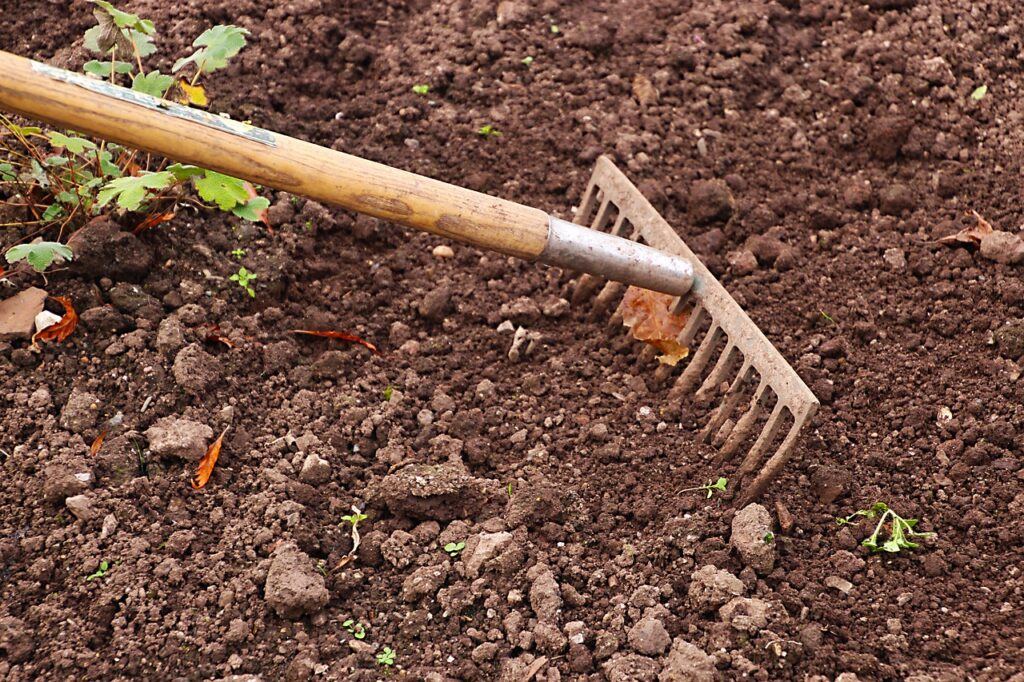
Test and Amend Your Soil
Healthy soil is the foundation of a thriving garden. Use a soil test kit to check pH and nutrient levels. Common desert soil issues include alkaline pH and poor drainage. To improve these, add sulfur or compost to balance pH and mix in organic matter to enhance structure. For nutrient deficiencies, use fertilizers designed for desert conditions. Work amendments into the topsoil to boost fertility.
Plan Your Spring Planting
A clear garden plan ensures success. Choose plants suited for the desert climate and group them by water and sunlight needs. Wildflowers like lupines and poppies add vibrant color. Succulents such as agaves and aloes are hardy and low-maintenance. Edibles like tomatoes, peppers, and basil thrive in spring.
Check the last frost date in your area, typically between mid-February and early March in Arizona. Use this information to schedule your planting and avoid frost damage.

Water Wisely During Spring Garden Prep
Efficient water management is essential in the desert. Inspect your irrigation system for broken emitters or damaged drip lines. Fix these issues before planting. Water early in the morning to minimize evaporation. Mulch garden beds to retain moisture and regulate soil temperature. Consider installing a rain barrel to collect water for irrigation.
Mulch and Protect Your Garden
Mulch is vital for conserving water, reducing weeds, and regulating soil temperature. Follow these steps for effective mulching:
- Spread a 2- to 3-inch layer of organic mulch like shredded bark, wood chips, or straw around plants.
- Keep mulch a few inches away from plant stems to prevent rot.
- Allow mulch to break down over time, as it will improve soil health by adding organic matter.
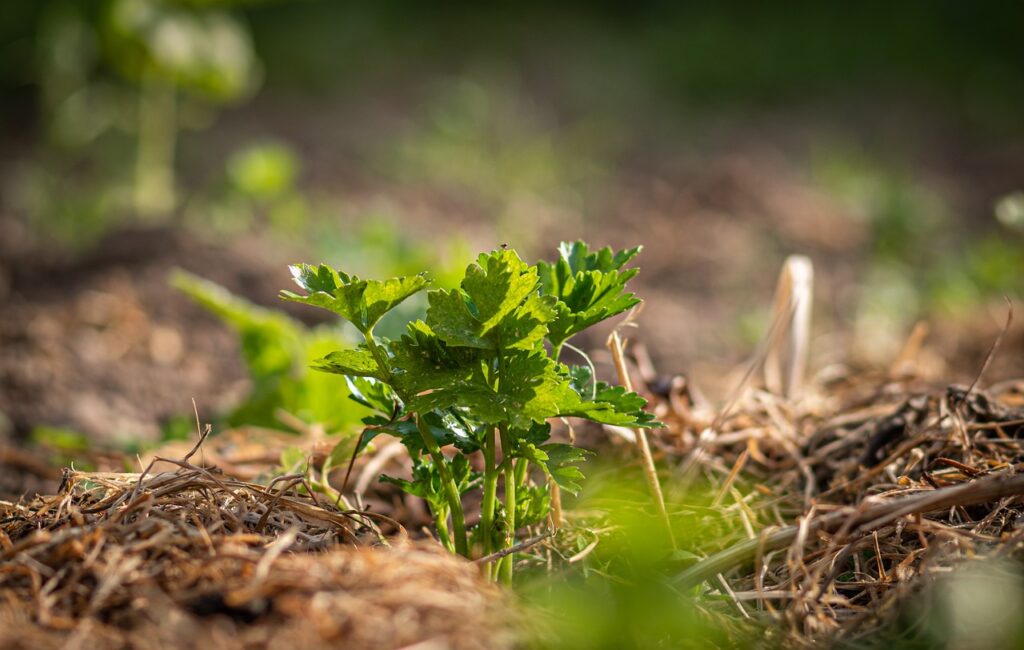
Fertilize for Future Growth
Fertilizing supports strong, healthy plants. Use slow-release or organic fertilizers like composted manure. Apply fertilizer evenly to the soil and water thoroughly afterward. Avoid over-fertilizing, as it can harm plants and waste resources.
Prune for Healthy Growth
Pruning encourages new growth and helps shape your plants. Remove dead or damaged branches first. Then trim for size and appearance. Late winter or early spring is the best time to prune most plants. For frost-sensitive plants, wait until after the last frost. Use clean, sharp tools to make precise cuts.
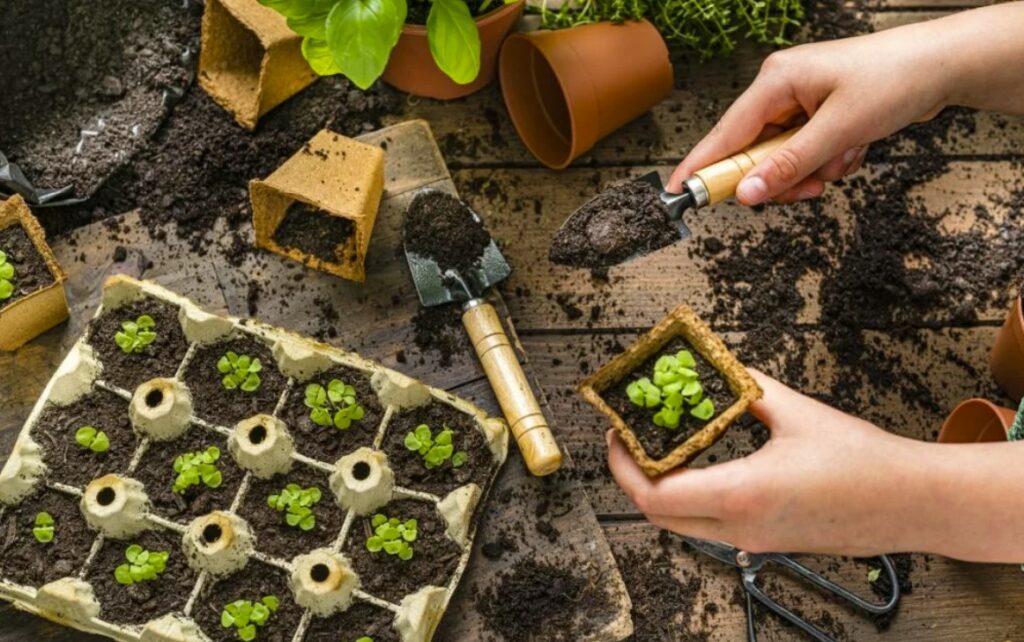
Start Seeds Indoors
Starting seeds indoors gives you a head start on the growing season. Use clean pots or trays with drainage and fill them with a light seed-starting mix. Plant seeds at the depth specified on the packet. Keep the soil moist and place trays in a sunny spot or under grow lights. Transplant seedlings outdoors when they’re strong enough to handle the environment.
Monitor for Pests
Inspect your garden regularly for pests. Early detection prevents infestations. Common desert garden pests include aphids, whiteflies, and spider mites. Control them using natural solutions like insecticidal soap or beneficial insects such as ladybugs. Avoid chemical pesticides, which can harm pollinators and the environment.

Keep a Garden Journal
A garden journal helps you stay organized and track progress. Record planting dates, soil amendments, and weather conditions. Note which plants thrive and which struggle. This information helps you learn from past successes and plan better for future seasons.
Review of Best Spring Garden Prep Steps
To summarize:
- Clean garden beds and organize tools.
- Test and amend your soil.
- Plan your planting schedule.
- Inspect and fix irrigation systems.
- Mulch garden beds to conserve moisture.
- Fertilize to nourish your plants.
- Prune for healthy growth.
- Start seeds indoors for an early advantage.
- Monitor for pests and take preventive action.
- Keep a journal to track your progress.
Spring garden prep sets the stage for success. With these steps, your Arizona or desert Southwest garden will bloom beautifully this spring. Start today and enjoy the rewards of your effort!
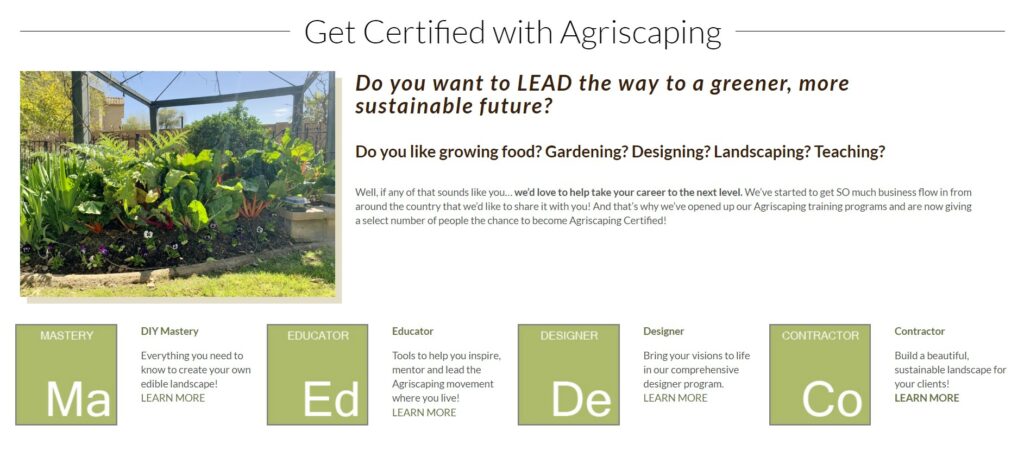
Read Our Latest Posts…
- 7 Garden Design Themes for Your Elegant Edible Landscape
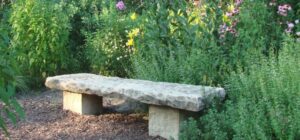 Expert tips for desert gardening, from plant zoning and efficient irrigation to soil care and agriscaping for a sustainable landscape.
Expert tips for desert gardening, from plant zoning and efficient irrigation to soil care and agriscaping for a sustainable landscape. - Subterranean Trampoline Gardens: A Hidden Oasis for Growing and Playing
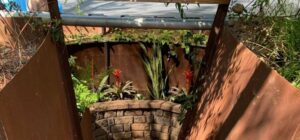 Expert tips for desert gardening, from plant zoning and efficient irrigation to soil care and agriscaping for a sustainable landscape.
Expert tips for desert gardening, from plant zoning and efficient irrigation to soil care and agriscaping for a sustainable landscape. - 7 Elegant Edible Flowers To Be Thankful For
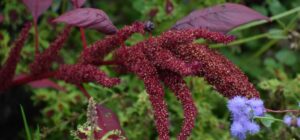 Expert tips for desert gardening, from plant zoning and efficient irrigation to soil care and agriscaping for a sustainable landscape.
Expert tips for desert gardening, from plant zoning and efficient irrigation to soil care and agriscaping for a sustainable landscape. - Top 10 Winter Wonders: Beautiful and Edible Flowers for the Cool Season
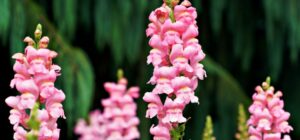 Expert tips for desert gardening, from plant zoning and efficient irrigation to soil care and agriscaping for a sustainable landscape.
Expert tips for desert gardening, from plant zoning and efficient irrigation to soil care and agriscaping for a sustainable landscape. - Create Your Own “Farmacy” with Healing and Aromatic Herbs
 Expert tips for desert gardening, from plant zoning and efficient irrigation to soil care and agriscaping for a sustainable landscape.
Expert tips for desert gardening, from plant zoning and efficient irrigation to soil care and agriscaping for a sustainable landscape.
